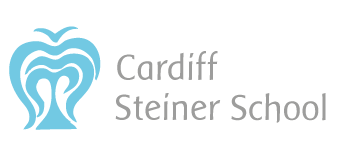The Biggest Snake in the World
Baking is underway. The teacher is sat with seven or eight children each kneading and shaping their ball of dough. Four boys are sat on one table, each rolling their dough into a sausage. An idea forms to stick all their sausages together to make a snake.

“There’ll be loads for everyone”
“Yeah – that’s why we’re making a big long snake”
“Yeah – so everyone can share”
“It’s called a bonestractor”
“No – a Boa constrictor”
The teacher asks “ Isn’t an anaconda big too?”
She helps to lift the big long snake onto the baking tray.
“It’s got venom in it” one adds
The boys all want to help carry the tray to the kitchen, each holding a corner, they begin to negotiate the corridor, stairs and doors, whilst chanting loudly
“The biggest snake in the world, the biggest snake in the world”.
When they get to the kitchen one asks
“Can I have the head tomorrow?”
The teacher replies “We’ll see”.
Imitation and example in Kindergarten
The young child is naturally an imitator – this is how he/she learns. In Steiner early years education (0-7 years) we welcome and work with this ability and provide meaningful and healthy opportunities for imitation. We teach by example rather than instruction. It is a non-intellectual way of teaching without disturbing or hurrying the child’s inner development.
Too many instructions, choices, too much intellectual language hinders the child’s ability to imitate or play, so you won’t find us engaging the children in conversation, directing their activities or playing with them. Rather we will be seen doing the practical homely work that needs to be done – making bread, preparing food, sewing, laying the table – all the while keeping a quiet but keen observant eye and ear on the children. At the snack table, or working alongside the children, we respond to them and enjoy this interaction, as you would, but we will not be the initiators of discussion or talk amongst ourselves.
This quiet approach, without chat between the adults, leaves us free to be aware of all the minutiae of the children’s activities and leaves the children the room to play without being disturbed by us. It also means that from behind our work, quietly listening to the children, we can observe in a less obvious and intrusive way.


Leave a Reply
Want to join the discussion?Feel free to contribute!